Richard Fawcett Livres
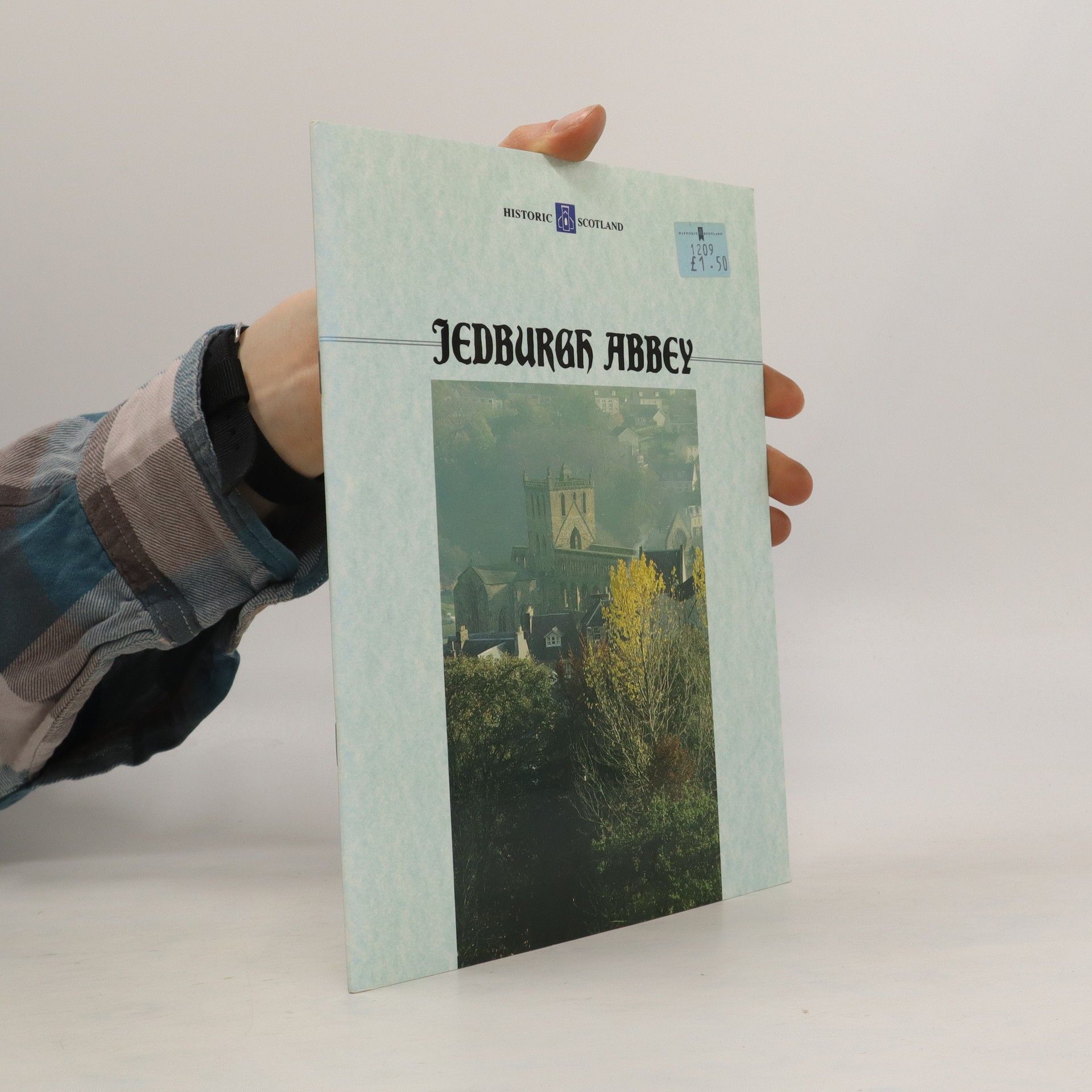
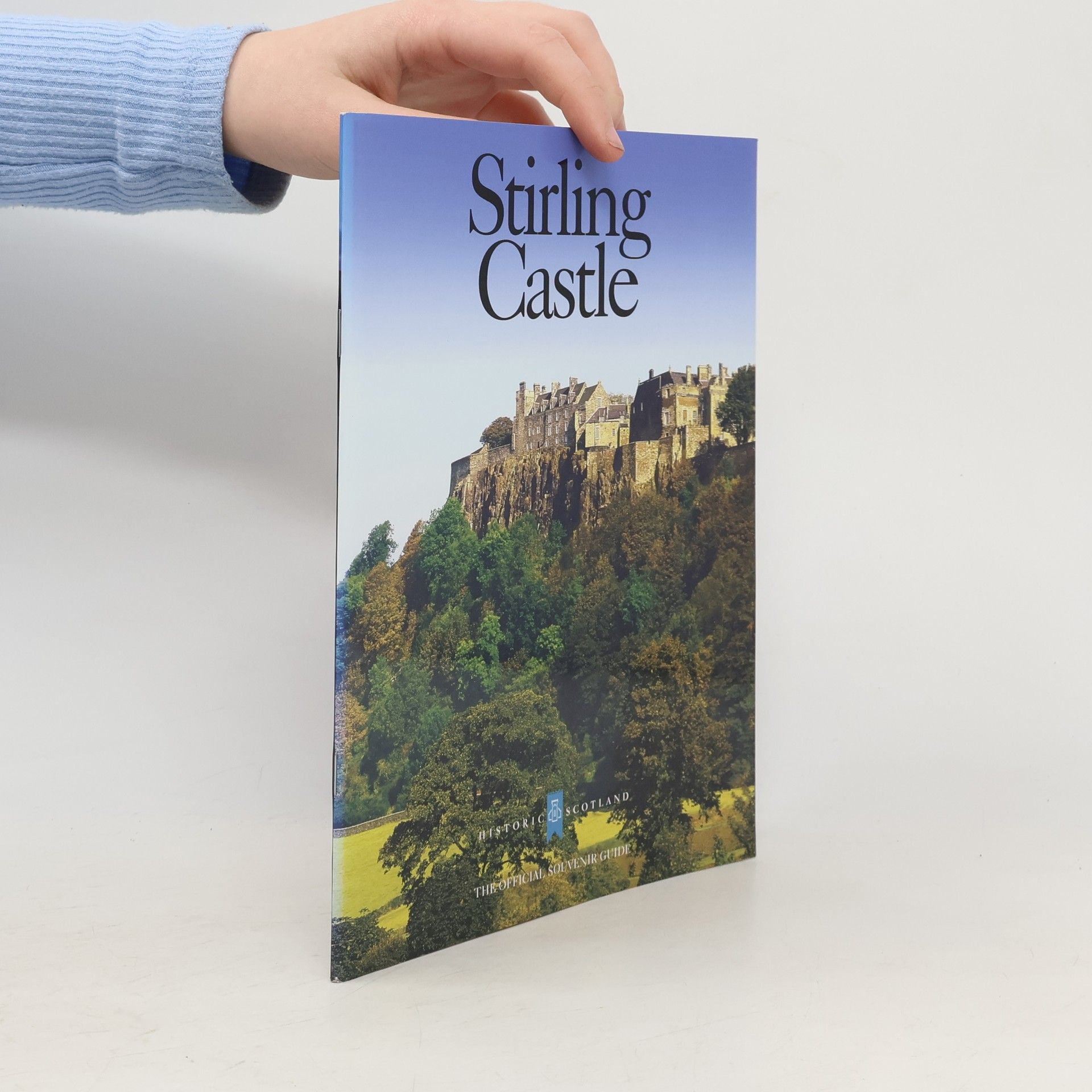
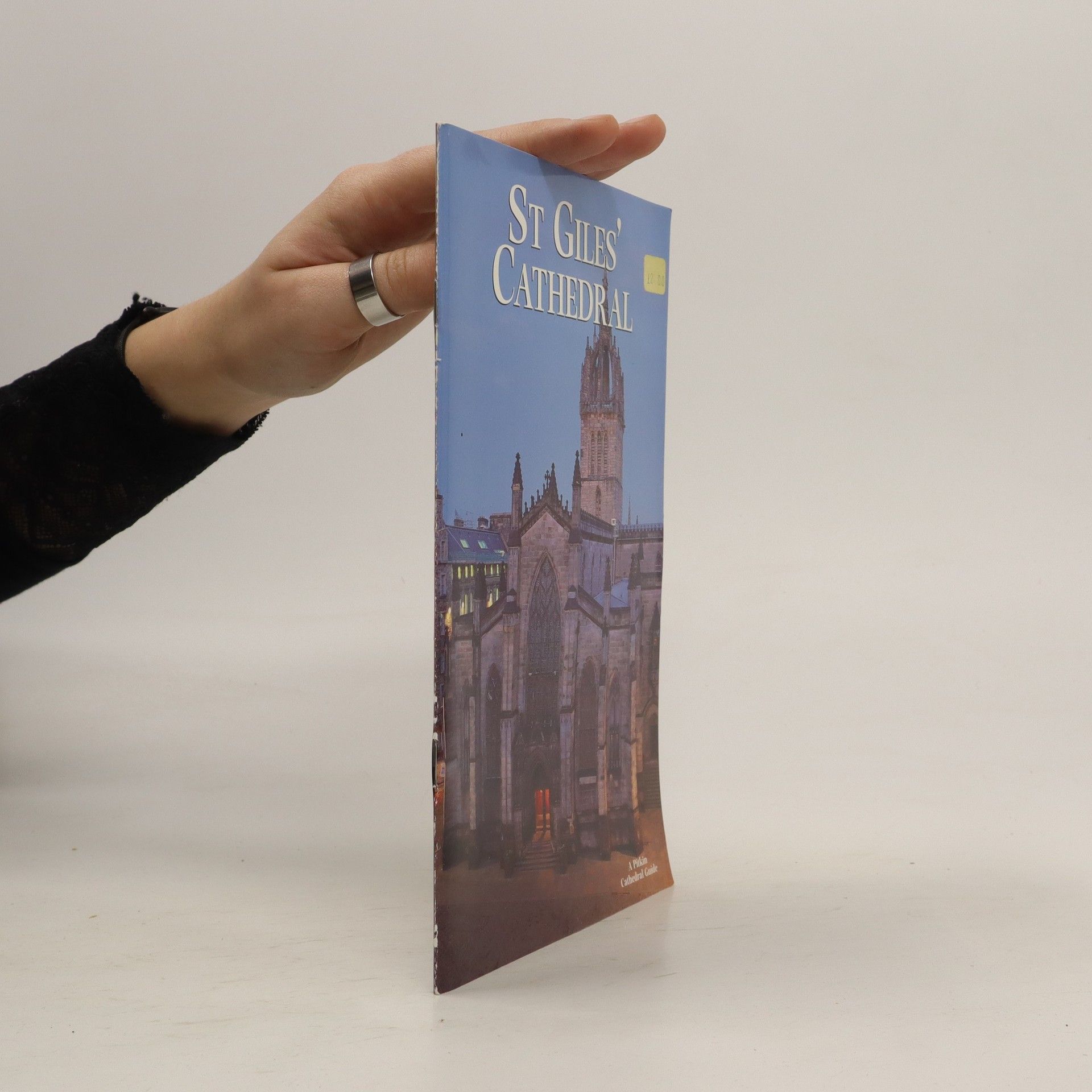

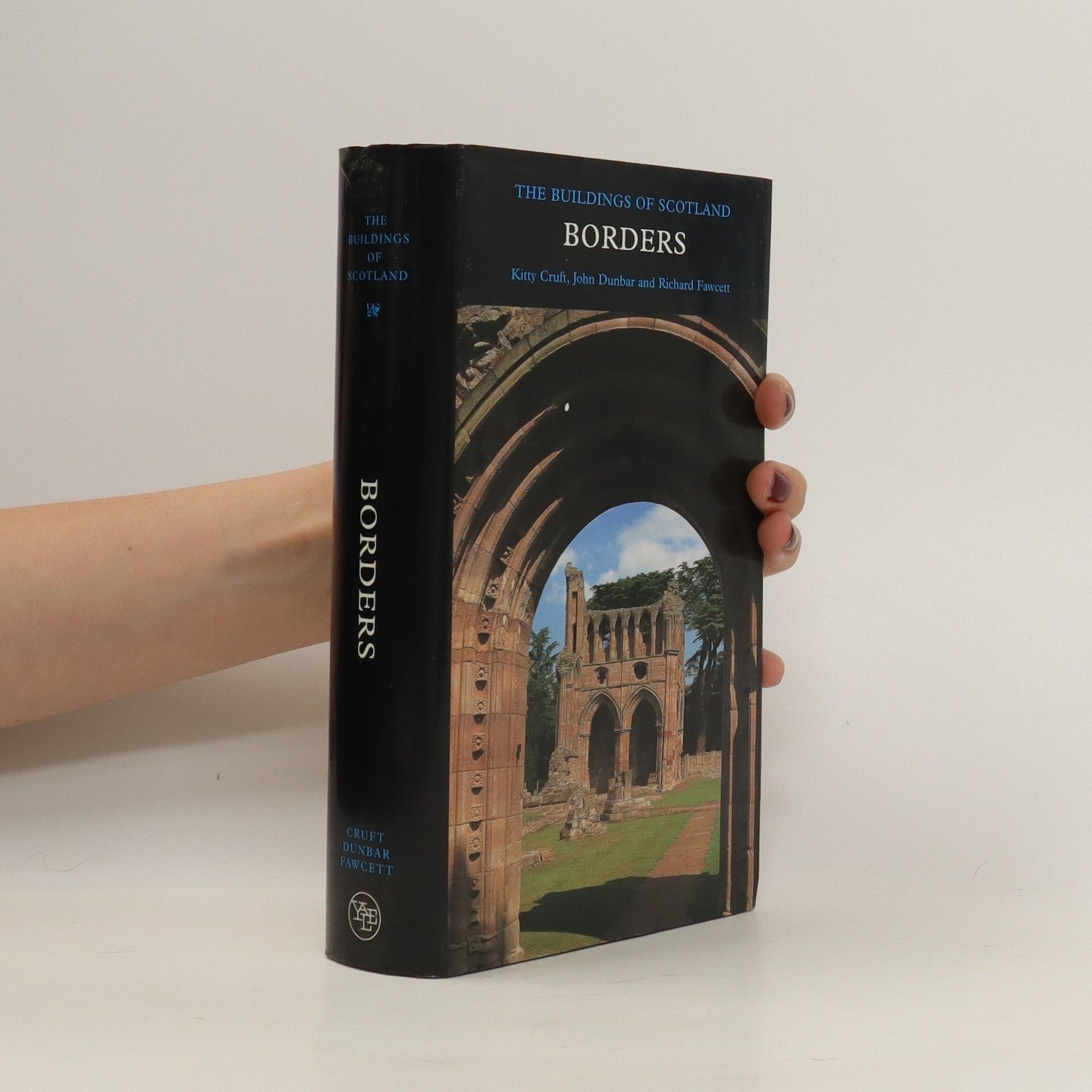
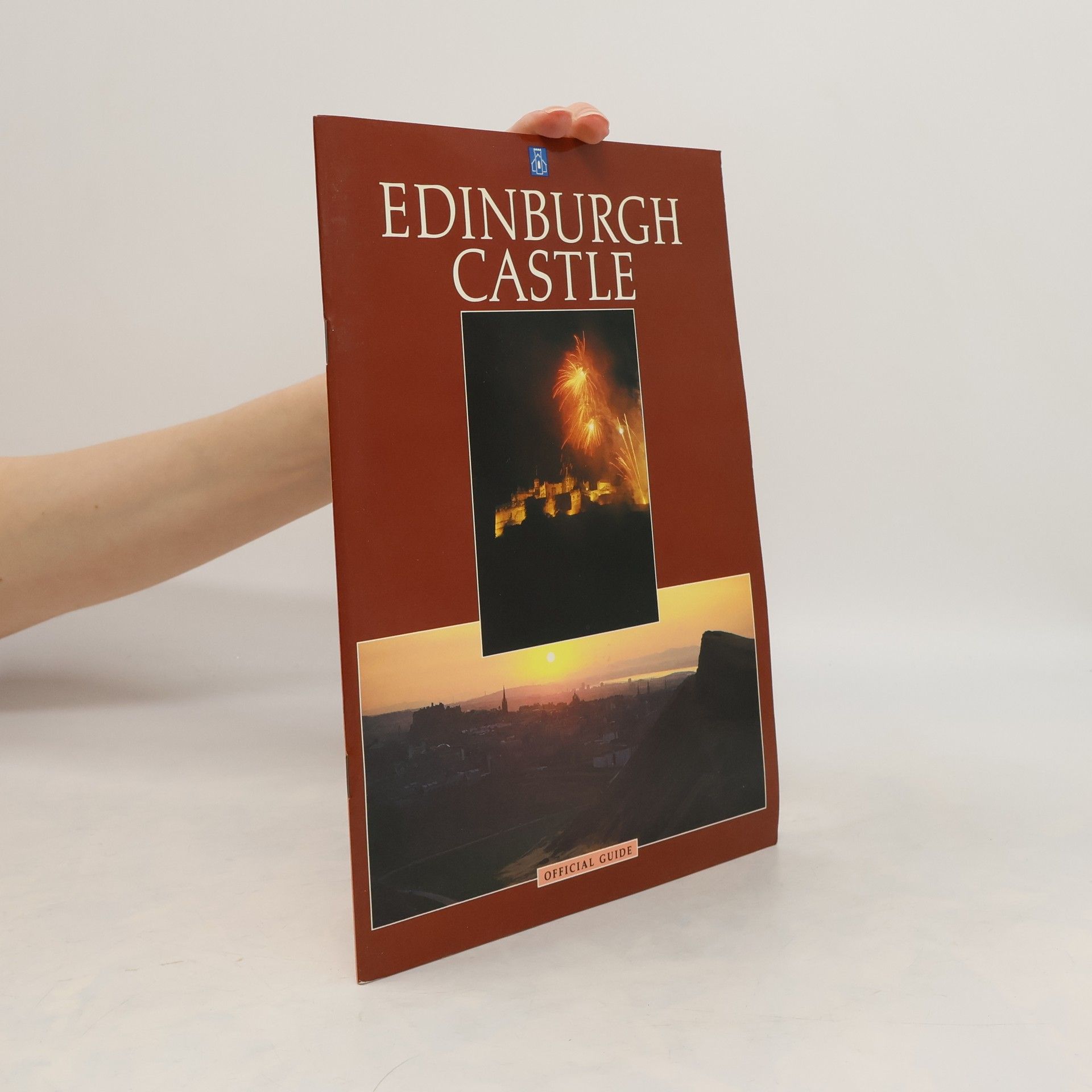
Borders: The bulidings of Scotland
- 800pages
- 28 heures de lecture
The Scottish Borders, one of the most architecturally enticing regions of Scotland, encompass rocky coastlines, rolling moors, and farmland. The early buildings reflect a history of conflict, as do the ruins of the numerous great Borders abbeys. The River Tweed provides a delightful setting for the burghs of Peebles, Galashiels, Melrose, and Kelso, where small weavers’ cottages and colossal nineteenth-century mills remain from the once-mighty textile industry. The region boasts country houses of exceptional quality and importance, including Thirlestane Castle, Traquair, and Paxton as well as Abbotsford, the home of Sir Walter Scott, which is world-renowned as the fount of nineteenth-century Romanticism. Other highlights of this comprehensive guide are little-known shooting and fishing lodges, rural steadings, arts and crafts villas, Art Deco schools, and the extraordinary Sunderland House, a building of Miesian purity by Peter Womersley.
School Leadership
- 192pages
- 7 heures de lecture
First Published in 2000. Routledge is an imprint of Taylor & Francis, an informa company.
St. Giles' cathedral
- 32pages
- 2 heures de lecture
Guide to St. Giles' Cathedral with map, history, photo's, sketches and paintings. Looks well done.
Set high on its striking volcanic rock, Stirling Castle has been the scene of some of the most dramatic events in Scottish history, culminating in the unsuccessful siege by Bonnie Prince Charlie 200 years ago. It was the last siege of a castle on the British mainland. This text provides the reader with a tour of this historical site and evokes the changing life of the castle and its human dramas.
Scottish Medieval Churches
An Introduction to the Ecclesiastical Architecture of the 12th to 16th Centuries in the Care of the Secretary of State for Scotland
- 64pages
- 3 heures de lecture
Cover worn. Shipped from the U.K. All orders received before 3pm sent that weekday.
